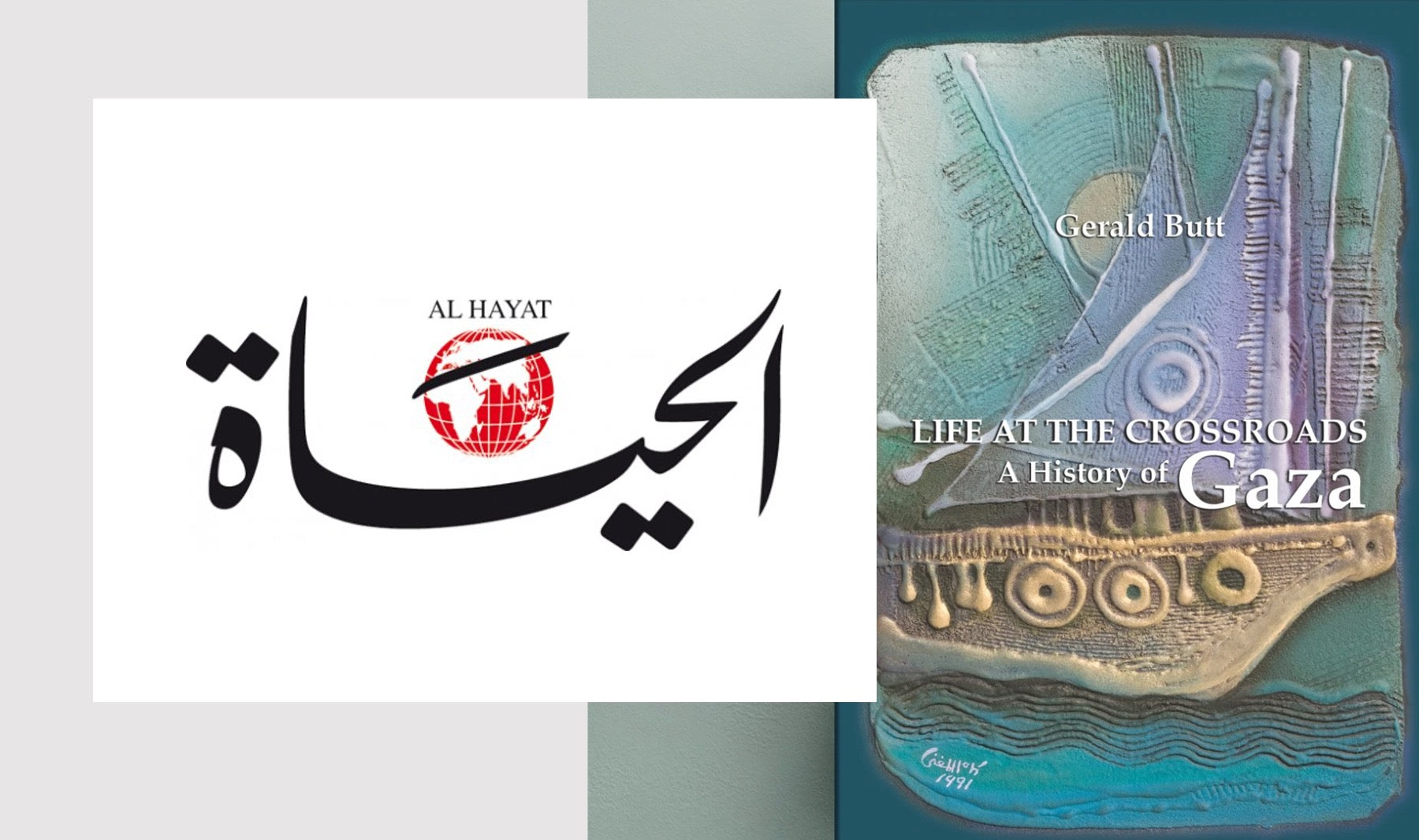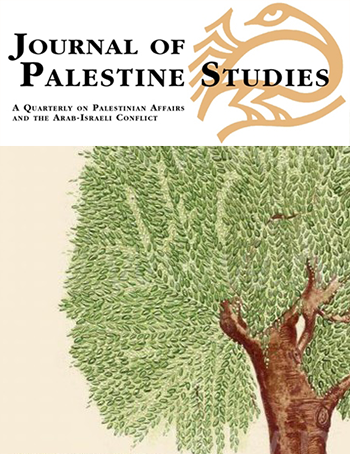
AL HAYAT
Life at the Crossroads
The British journalist Gerald Butt spent around eight years as correspondent for the BBC, during which time he covered some of the most prominent events in the region, not only as a foreign observer, but as part of the complicated structure of the Middle East, since he was born and brought up there. He pursued his studies at the university of London specializing in Arabic language and Middle Eastern Studies. Even when he left the BBC in 1990, he continued to live in Cyprus until 1995, working as a freelance writer before moving to London.
It was only natural for Gerald Butt's work to focus on the political aspect at a time when the Palestinian intifada first erupted in the Gaza Strip, from there spreading to all the occupied territories in the West Bank had imprinted a certain image in his mind. He needed to convey this image as accurately and truly a manner as possible to people around the world. This image consists of daily violence without any parity between the Zionist occupation forces, armed to the teeth with the most modern weapons, and a people who had nothing but stones and living flesh to claim their legitimate right to liberation and self-determination, as well as their right to expel the occupying aggressors. But Gerald Butt's in-depth knowledge of the region and the language of its people, and his historic ties with the average man on the street, the educated, and the politicians revealed to him another aspect, which is radically different from the regular image in the minds of the West. The occupied Gaza Strip, before the Gaza-Jericho First Agreement, was deprived of the simplest humanitarian requirements to serve hundreds of thousands of those who sought refuge in it from different parts of Palestine after the establishment of the Jewish state. Nevertheless, this region, whose image has been linked to daily violence and speedy political development, hides under its poverty and oppression a steeped history that goes back to over 3,000 years, teeming with important historical events, not only to Palestine alone, but to Egypt, the countries of the Fertile Crescent, and the Eastern Mediterranean.
Thus, the journalist Gerald Butt gathered a large amount of information which he acquired from Arab and foreign books on history, as well as interviews with a number of Gazans who are well informed of its ancient history. He also decided to publish his book in order to present western readers with the other side of the story, the story of Gaza and its history, civilization, and historical accomplishments, in comparison with the Gaza under occupation, the one deprived of the simplest services, drowning under the chaos of the violence imposed by the Zionist forces since the June 1967 war.
The story of Gaza as narrated by the author follows a chronological order of events. It starts with the era of the ancient Egyptian Pharaohs who passed through Gaza many times during their military campaigns against the Syrian interior. Then, the peoples of the sea arrived from the Aegean islands and settled on the Canaanite coast, most prominently among them the Philistine tribes who gave this part of the land of Canaan its historical name, Palestine. Then, there was the small era of the Jewish-Palestinian conflict before the arrival of the Greeks, Romans, and Byzantines. After that, there were the Islamic conquests, which incorporated a short era of Crusader occupation, and finally, the Ottoman state which ruled until the end of World War I, after which British colonialism paved the way for the establishment of the Jewish state on Palestinian soil. As for Gaza's history in the 20th Century, it begins with the mandate and ends with the intifada, whose first spark was in the Gaza Strip before spreading into the West Bank. Between these two events, there is the establishment of the state of Israel and the expulsion of tens of thousands of refugees to Gaza, which was under Egyptian control until 1956 when the Zionist forces occupied it within the framework of the tripartite aggression - the French, British, and Israeli - on Egypt. However, it was liberated some time later under international pressures, but then fell once again in the hands of the Zionist forces after 1967. Recently, it was liberated once again according to the self-rule agreements of Gaza and Jericho. The basic point the author confirms in Chapter one under the heading "Land of Many Battles" is that Gaza's geographic location has largely contributed toward forming its ancient and modern history. It lies at the south-eastern corner of the Mediterranean Sea and falls straight in the middle of the coastal road between Syria in and Egypt. From it, various roads branch off into the Negev Desert, the Sinai Desert, and in the direction of the Arabian Peninsula. For this reason, Gaza was a compulsory corridor for all forces passing from Asia in the direction of Africa and vice-versa, as well as for the convoys of merchants coming from the Arabian Desert to the coasts of the Mediterranean Sea and then on to the West.
But this strategic geographic location had other influences, which are that the residents of Gaza and the areas around it (Ashdod, Asqalan, Bir al-Sabi, Khan Yunus) always felt that they were part of a larger entity. Perhaps the settlement of the Philistine tribes in this area is what gave the final identity to the people, who then merged with the original Canaanite population, regardless of the limited time period during which the Kingdom of Israel and the Kingdom of Judaea were established, which was for less than 100 years. The 15 chapters of the book cover all the historic phases focusing on Gaza during various historical events. But the author does acknowledge from the very beginning that it is difficult to separate Gaza's history from the history of the entire Arab region. Since he reviews the past through the original documents, Gerald Butt has managed to convey to the western reader the other image of Gaza, about which nothing was known, or about which nothing was intended to be known.
Review by Samir Rizqallah
Translated from the Arabic
AL HAYAT Newspaper
29 June 1996


